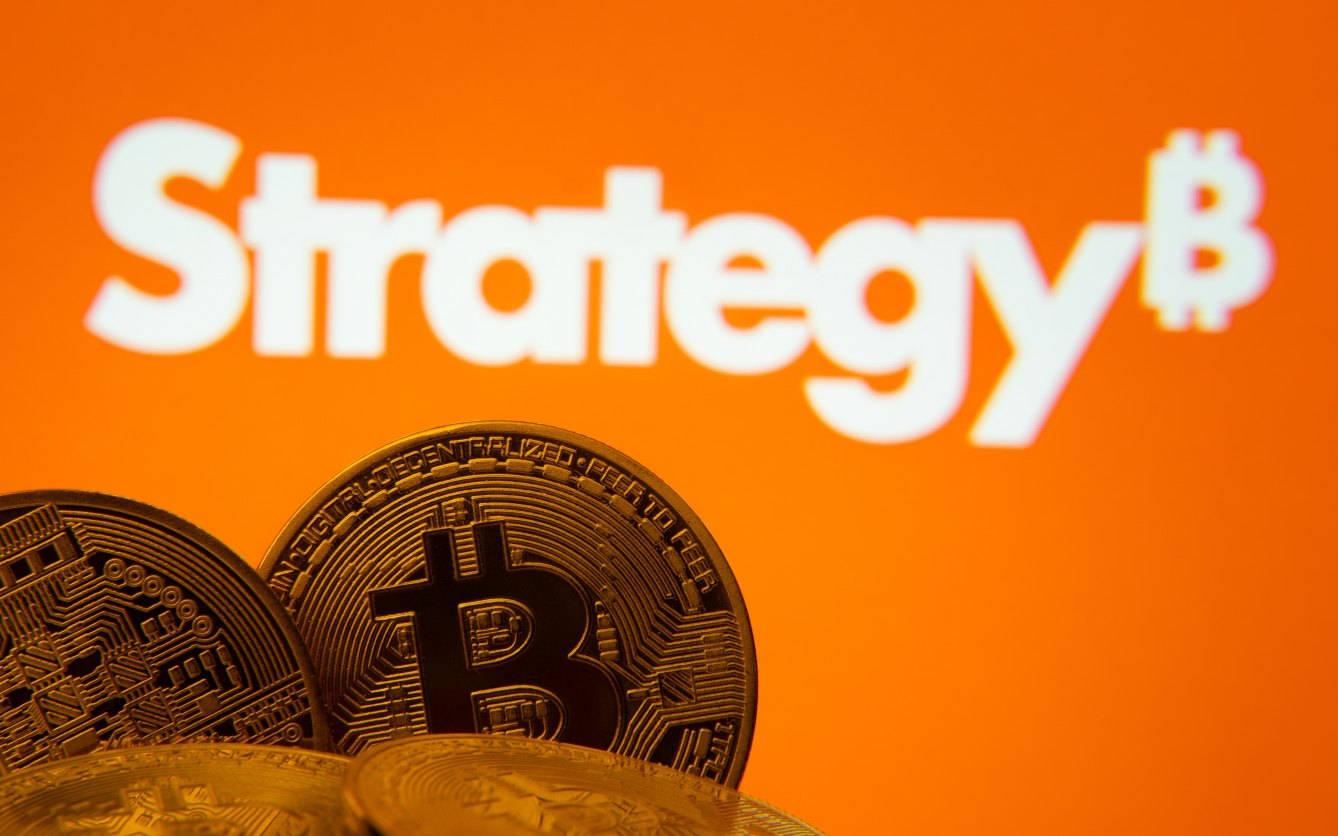TREASURIES-US yields drift lower as investors brace for Fed Chair Powell's speech

By Gertrude Chavez-Dreyfuss
NEW YORK, Aug 20 (Reuters) - U.S. Treasury yields fell moderately on Wednesday in subdued, range-bound trading, as investors awaited Federal Reserve Chair Jerome Powell's comments on Friday at a central bank gathering in Jackson Hole, Wyoming.
U.S. yields, however, pared declines after the release of the Fed's minutes of the U.S. central bank's July meeting. The minutes showed the two policymakers who dissented against the Fed's decision to leave interest rates unchanged last month appeared not to have been joined by their colleagues.
The two dissenters were Fed Governors Christopher Waller and Michelle Bowman.
In afternoon trading, the U.S. two-year yield, which is tied to the Fed's monetary policy, slipped 1.3 basis points to 3.741% US2YT=RR.
The benchmark U.S. 10-year yield dipped 1.1 bps to 4.291% US10YT=RR, while the 30-year yield was flat at 4.899% US30YT=RR.
The Fed minutes were a minor distraction for a bond market laser-focused on the Jackson Hole event on August 21-23.
Some bond investors view the Fed's annual symposium as a de facto meeting of the Federal Open Market Committee, as previous central bank chairs have used the conference as a springboard to flag their next policy move or signal a shift in stance.
Mabrouk Chetouane, global head of market strategy at Natixis IM Solutions, said in emailed comments that the uncertain impact of the Trump administration's tariffs on inflation should encourage the Fed chair to remain patient. But the pressure from U.S. President Donald Trump to cut interest rates is escalating and Powell could succumb to that pressure, he noted.
"As a result, we expect Powell to prepare investors for a new rate-cut cycle starting in September. We have thought for several months that the Fed would need to cut rates by 75 basis points by the end of 2025 to combat a slowing economy."
Ahead of the Jackson Hole meeting, federal funds futures, which are tied to the U.S. central bank's monetary policy, have priced in an 83% chance of easing in September, compared with 94% a week ago, according to the CME's FedWatch.
All told, the market has factored in about 56 bps in easing this year and a total of 126 bps in rate declines by the end of 2026.
The yield curve was virtually unchanged from Tuesday's level, with the gap between 2- and 10-year yields at 55 bps US2US10=TWEB. However, the curve's steepening trend remained intact as the market expects the Fed to resume its cutting cycle as soon as the September meeting.
On Monday, the curve hit its steepest level since mid-July in a bear-steepening mode, mainly a reflection of higher inflation expectations.
As for the Jackson Hole meeting, Kim Rupert, managing director of financial analysis at Action Economics, said she does not expect Powell to provide any clues on where he stands on potential policy easing next month.
"We do not expect him to front run the Committee's decision on September 17, especially given the dovish and hawkish divides among policymakers, and as there are crucial employment and inflation data still ahead," Rupert said.
The bigger question, she noted, is whether Powell pushes back against the roughly 83% probability in the rate futures market on a rate cut in September. If he does, Rupert thinks such a move could be viewed as "anti-Trump politization of the Fed too."
Also on Wednesday, the U.S. Treasury's $16 billion auction of new 20-year bonds was priced to yield 4.876%, slightly below market estimates, suggesting healthy investor demand.
However, the bid-to-cover ratio, another gauge of investor appetite, was 2.54, below the last auction's figure in July of 2.79 and the six-auction average of 2.63.







